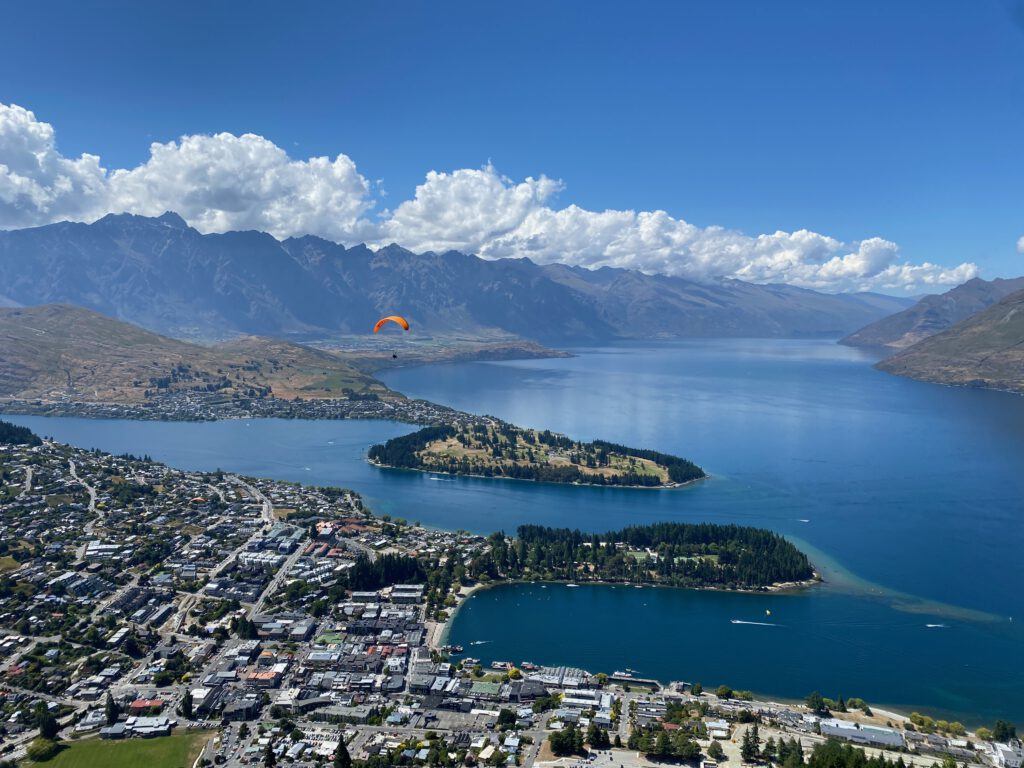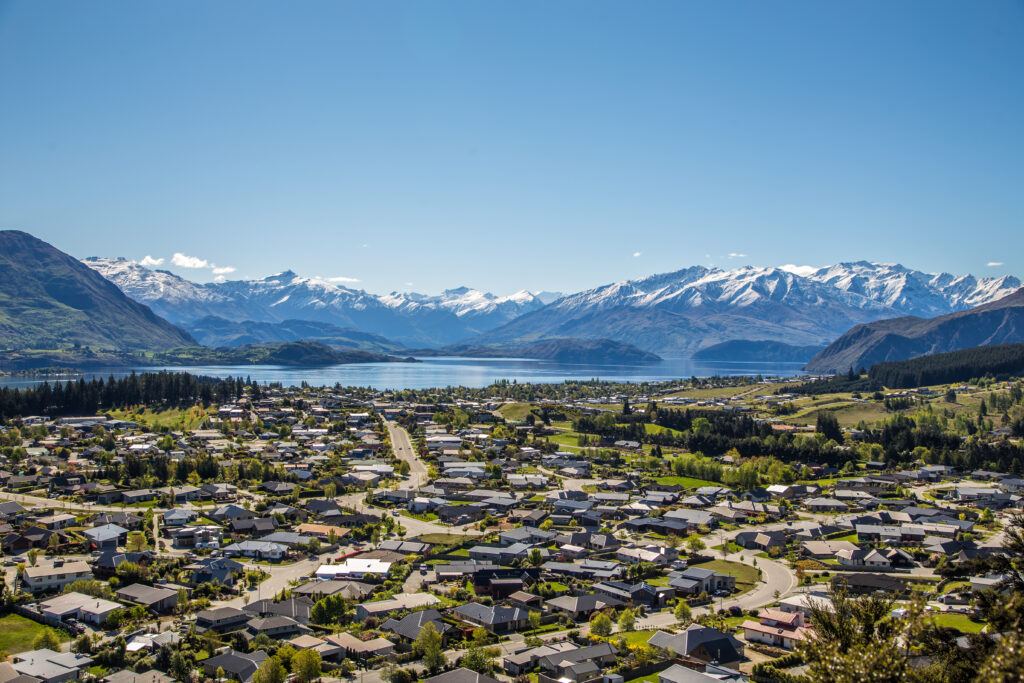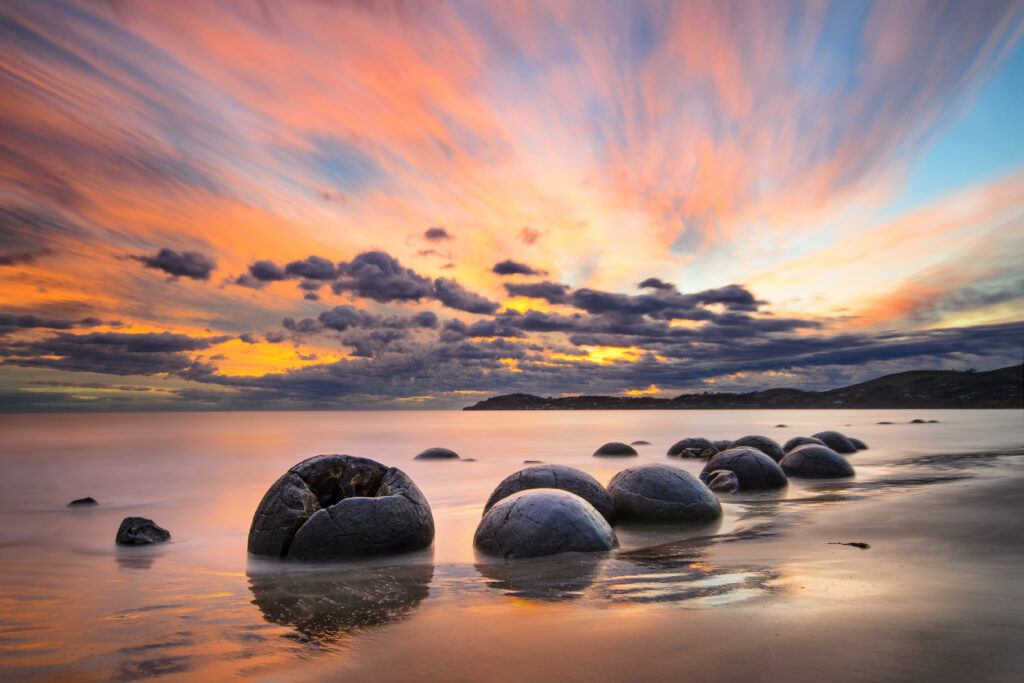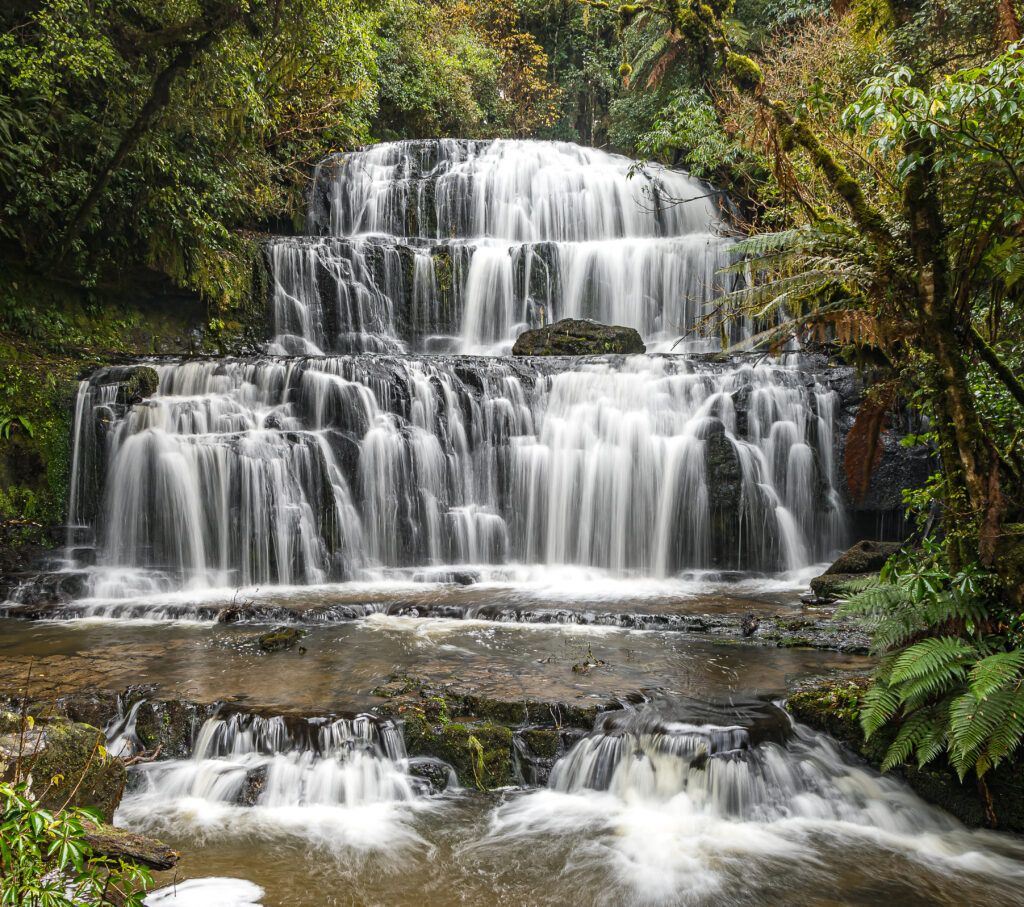Dunedin’s Culture and Wildlife
Dunedin, a scenic city nestled among hills and valleys by Otago Harbour, boasts rich culture and heritage. From Northern Royal Albatross sightings to the Emerson’s Brewery tour, there’s something for everyone in Dunedin.
Dunedin Highlights
Dunedin is home to New Zealand’s oldest university – the University of Otago. With one-fifth of the population comprising students, Dunedin is a lively place and has over 400 cafes, restaurants and bars. Dunedin is also home to Baldwin Street, which, according to the Guinness Book of Records, is the steepest street in the world. Its gradient is 1 in 2.9.
The Otago Farmers Market is every Saturday morning 8am-12.30pm where you can purchase a range of fresh produce. It is situated in the north car park ajoining the magnificent Railway Station building, Dunedin’s world famous architectural icon.
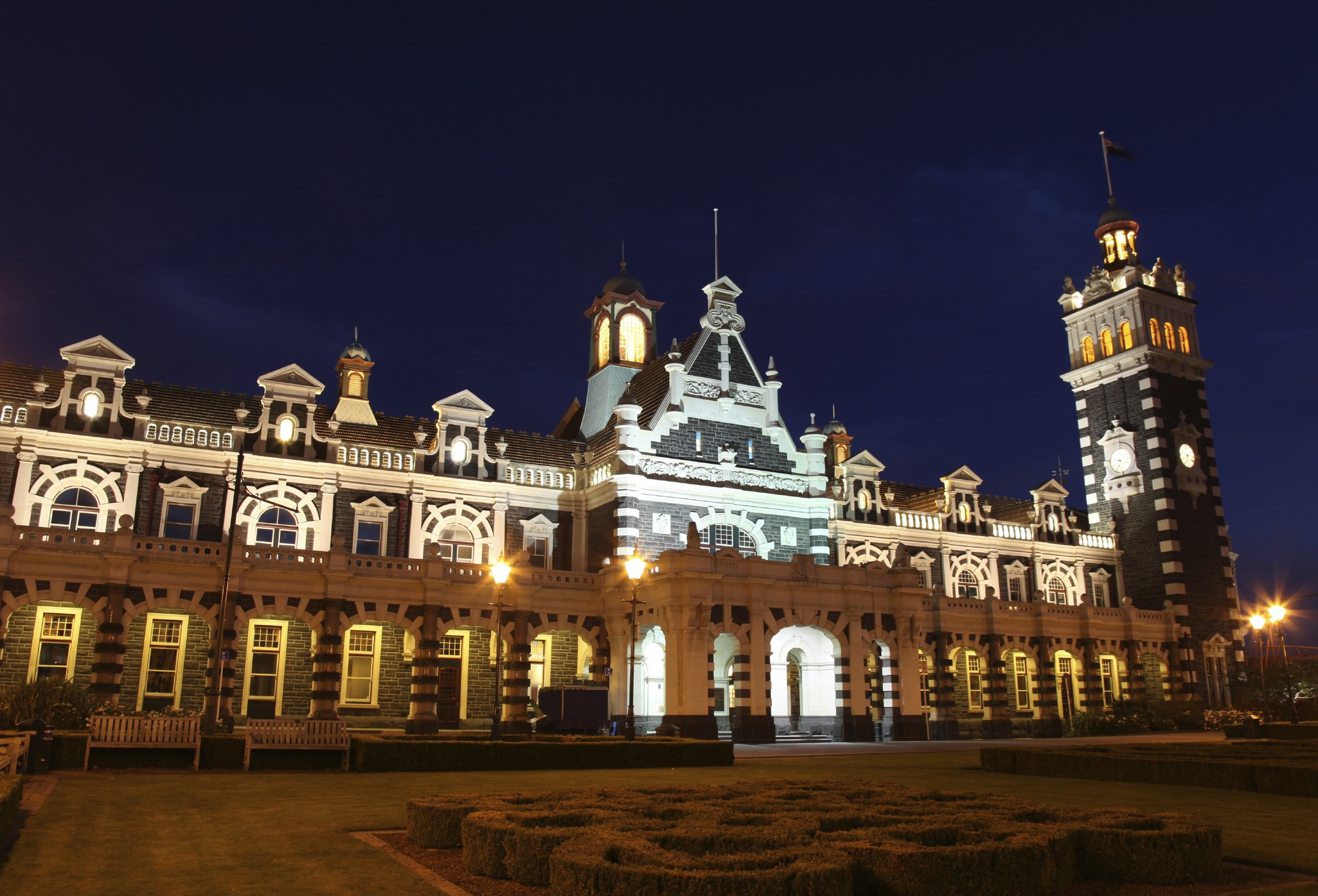
Weather in Dunedin
Dunedin’s weather from April to June, late autumn, is unpredictable. Come prepared for temperatures in single figures and the low teens. Buildings are adequately heated. For those travelling from north of New South Wales be prepared for a drop in temperature of around 20 degrees. Suitable woollen clothing is essential to cope with the wind chill factor. You will be likely to experience cold southerly winds, frosts and snow over the course period.
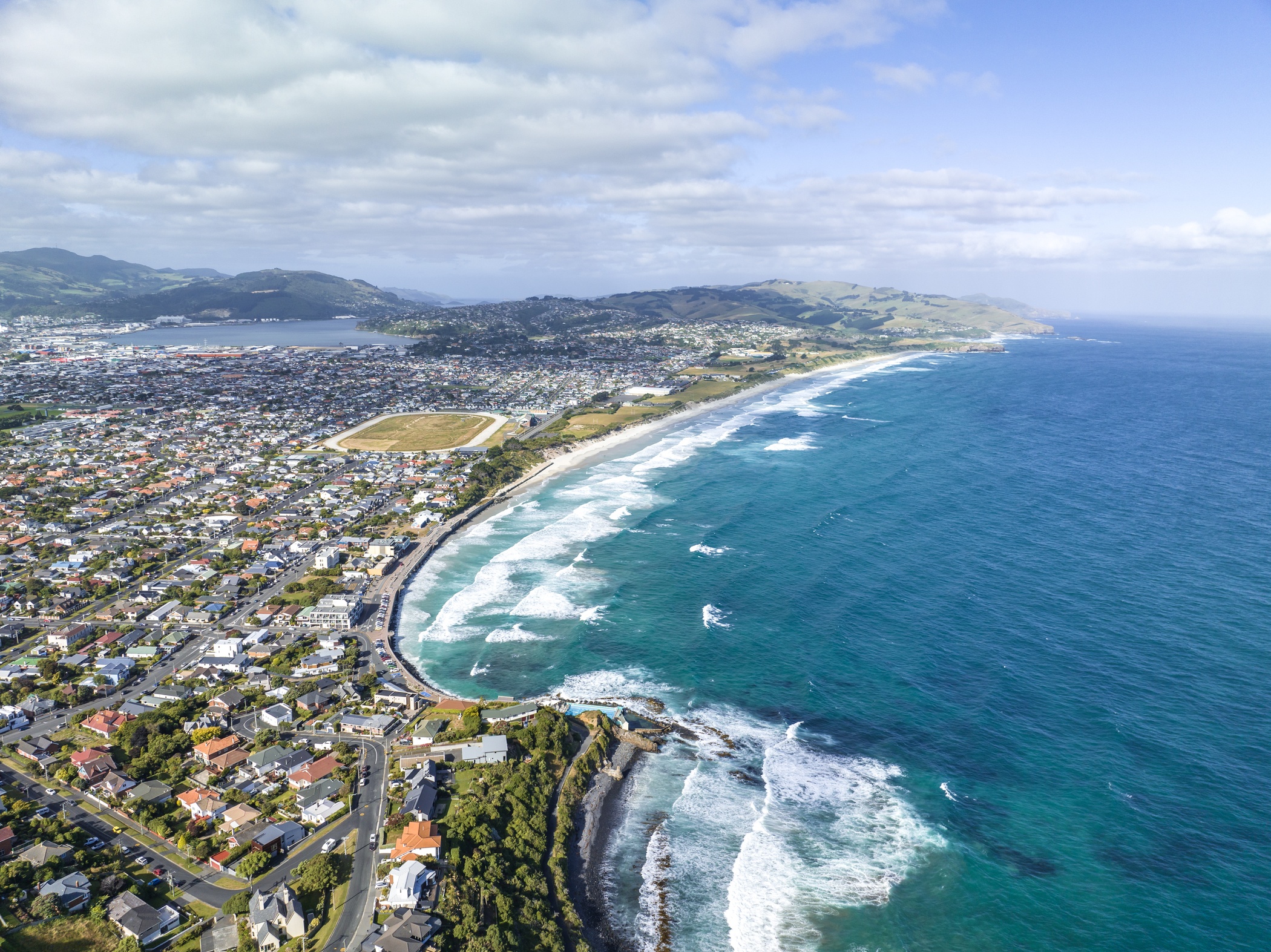
Location of the Course
Dunedin, New Zealand
New Zealand is in the Southern Hemisphere, near Australia. The total population of New Zealand is just over 5 million.
Dunedin is the main city of the Otago region in the South Island. Queenstown and Wanaka are just three hours away and are known for their beautiful lakes, mountains and adventure activities.
Central Otago is a rapidly developing wine region with over 180 vineyards and an international reputation for Pinot Noir.
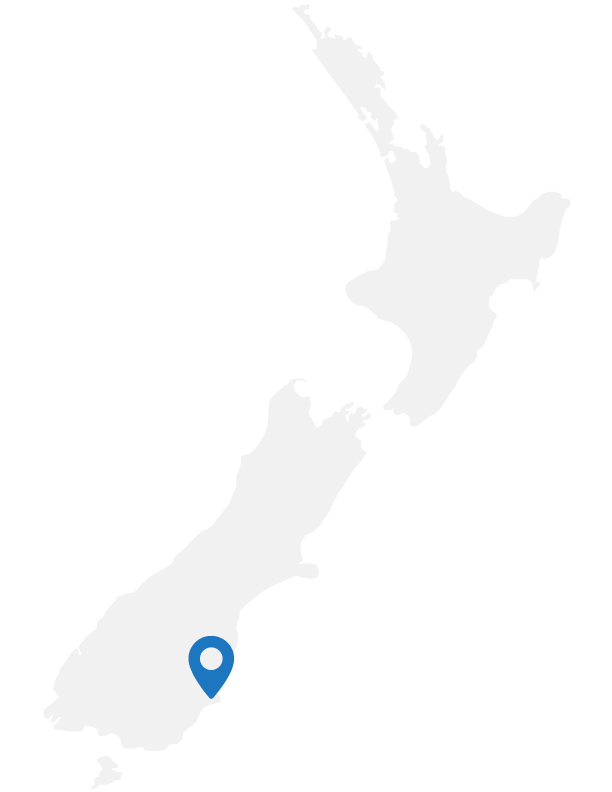
Otago Peninsula
The Otago Peninsula, stretching along the southern edge of the Otago Harbour, is an easy drive from central Dunedin. A wonderfully scenic drive will see you passing by lush green pastures, small bays and inlets, sandy beaches, rugged hills and volcanic landforms.
Otago Peninsula is one of New Zealand’s most renowned eco tourism areas. There are unique opportunities to view a remarkable range of wildlife including Royal Albatross, rare Yellow-Eyed Penguins, Blue Penguins, Seals and Sea Lions, water and wading birds.
To explore this area you can either join a tour, such as Elm Wildlife Tours, or you could hire a car from the likes of Pegasus Rental Cars.
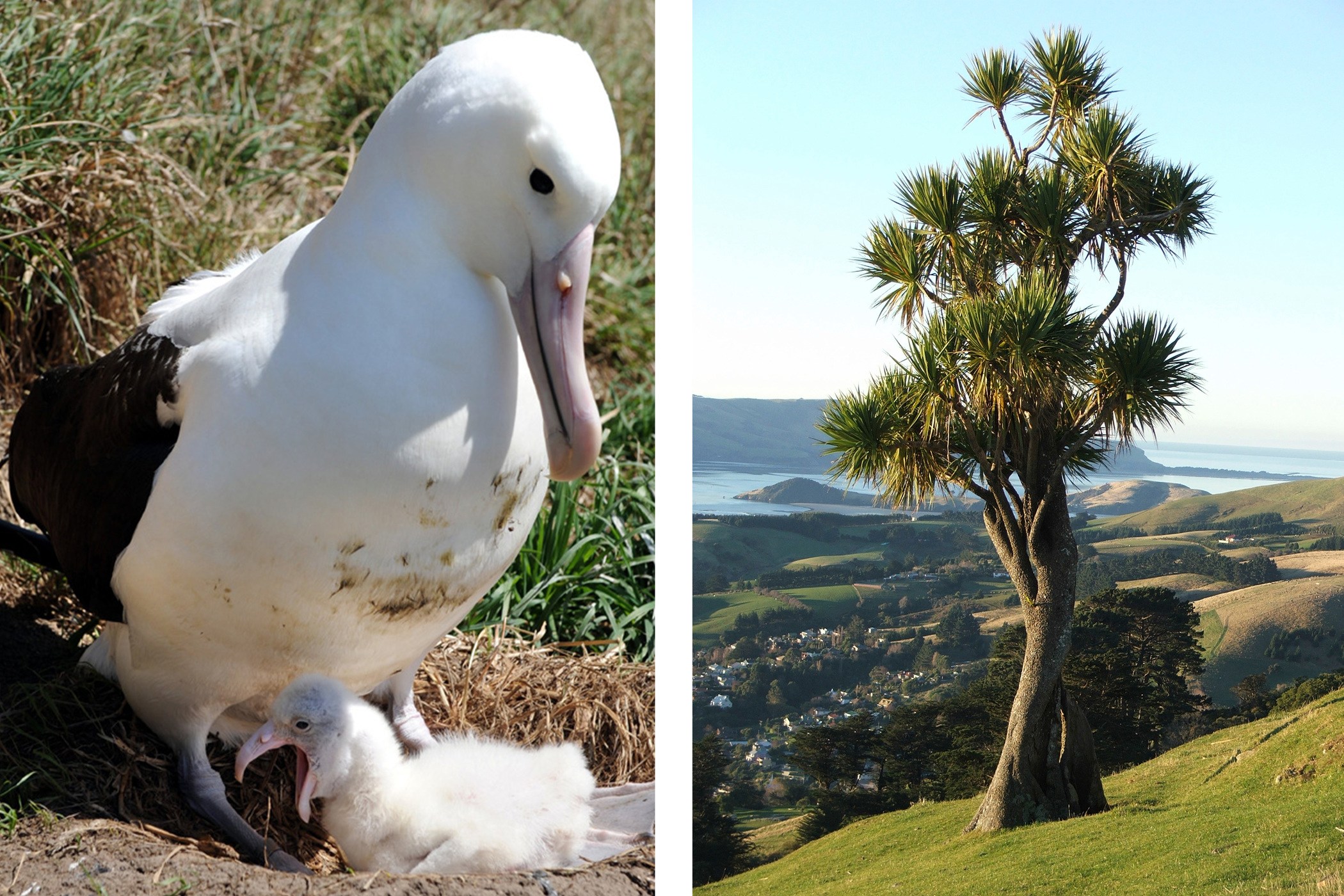
Dunedin Attractions and Amenities
Attractions
Activities
Religion

A variety of restaurants and cafes is available in Dunedin to suit most palates. The range of cuisine available in Dunedin is vast from the traditional Scottish foods through to Asia and the more contemporary New Zealand gourmet style.
Central Dunedin
Affordable Options
Takeaway Outlets
McDonald's
KFC
Burger King
Subway
Domino's Pizza
Hell's Pizza
Explore Otago
